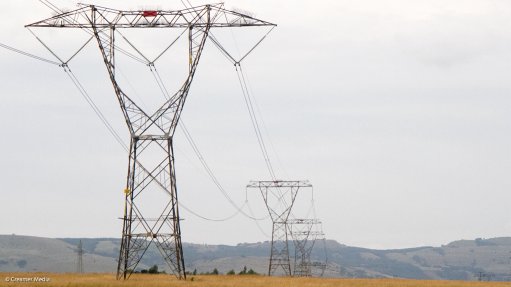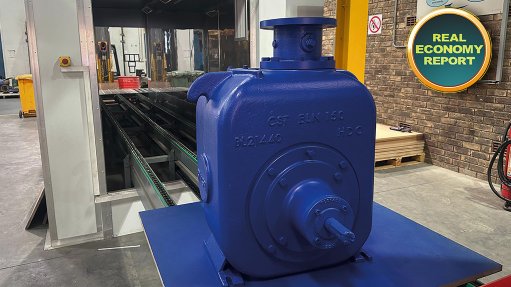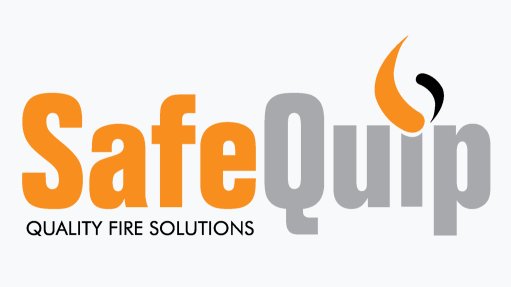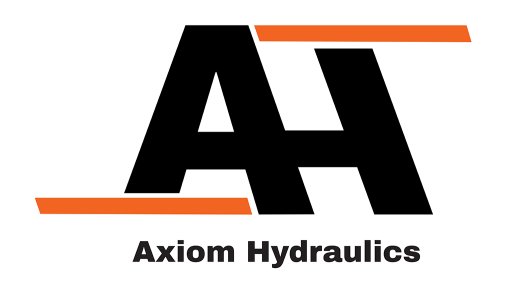Rolls-Royce affirms the importance of the African market
Africa is a important market for the aero-engines business of renowned British industrial technology company Rolls-Royce, the company’s VP customers: Africa Kevin Evans tells Engineering News. “We see Africa as a large and growing market – one of strategic importance to us.”
Currently, African airlines are operating more than 60 wide-body aircraft, from both Airbus and Boeing, which are powered by Rolls-Royce engines. By the end of this year, this number will have risen to more than 70. There are also 28 Embraer regional aircraft being flown by African operators, which are fitted with Rolls-Royce engines. Further, some 50 Rolls-Royce-engined wide-body airliners are on order by African airlines. The company’s biggest customers, at present, are Ethiopian Airlines and South African Airways.
“Over the last several years, all entries into service in Africa have gone extremely well,” he reports. “We are very pleased with the introduction of new equipment to operators – some of them new to wide-body aircraft and to Rolls-Royce. Also, to meet the demands of such a varied, rapidly growing market, we are also seeing an increasing flow of previously owned aircraft coming into the continent, which we are supporting.”
Rolls-Royce’s current family of large turbofan engines is the Trent series. The first example of the family, a Trent 700, originally entered service in 1995. This was followed by the Trent 800, the Trent 500, the Trent 900, the Trent 1000, the Trent XWB and the latest version, the Trent 7000. Most of these are now in service with African operators.
“We’re seeing a strong demand for our latest products, especially the Trent XWB,” he points out. “It is early days for the Trent 7000, with only three operators in service, one of which is in Africa; three further African customers are, however, due to take delivery.”
The Trent 700 has a thrust of just over 320 kN and has accumulated more than 40-million flying hours. It was developed to power the Airbus A330. The Trent 800 develops a thrust of more than 422.5 kN and is the most popular engine for the Boeing 777. It has racked up some 29-million flying hours. The Trent 500 is the sole powerplant for the four-engined Airbus A340-500 and A340-600 airliners and has a takeoff thrust of either nearly 236 kN or 249 kN. It has built up a total of 24-million flying hours. The Trent 900, developed to power the Airbus A380 Superjumbo, has a thrust ranging from 348 kN to 374 kN.
The Trent 1000 was developed to power the Boeing 787 Dreamliner and has a thrust ranging from almost 277 kN to more than 360 kN, depending on version; this engine, in its B and C versions, suffered from a number of durability issues, leading Rolls-Royce to develop modifications and improvements. Rolls-Royce has also developed a further improved version, known as the Trent 1000 TEN; this is currently experiencing problems with, in certain situations, a shorter-than- expected life for its high-pressure turbine blades and Rolls-Royce is working on correcting this.
The Trent XWB was developed as the sole engine for the Airbus A350XWB; the different versions of the engine reportedly have takeoff thrusts ranging from 330 kN to 430 kN. More than 1 600 of these engines are on order worldwide and the design has experienced no significant problems in service. The Trent 7000 is the latest member of the Trent series, and was developed as the sole engine for the Airbus A330neo (new engine option). It has a thrust ranging from nearly 302.5 kN to over 320 kN.
“Rolls-Royce ensures it has sufficient and effective engine overhaul capacity across its global network,” points out Evans. “Within Africa, Egyptair has Trent 700 repair and overhaul capability. We have technical support personnel strategically based across the continent, including Addis Ababa, Johannesburg and Cairo.”
Evans attended the African Aviation MRO (Maintenance, Repair and Overhaul) Conference in Johannesburg in late March. About half of Rolls-Royce’s civil aerospace revenues comes from its aftermarket services.
Article Enquiry
Email Article
Save Article
Feedback
To advertise email advertising@creamermedia.co.za or click here
Comments
Press Office
Announcements
What's On
Subscribe to improve your user experience...
Option 1 (equivalent of R125 a month):
Receive a weekly copy of Creamer Media's Engineering News & Mining Weekly magazine
(print copy for those in South Africa and e-magazine for those outside of South Africa)
Receive daily email newsletters
Access to full search results
Access archive of magazine back copies
Access to Projects in Progress
Access to ONE Research Report of your choice in PDF format
Option 2 (equivalent of R375 a month):
All benefits from Option 1
PLUS
Access to Creamer Media's Research Channel Africa for ALL Research Reports, in PDF format, on various industrial and mining sectors
including Electricity; Water; Energy Transition; Hydrogen; Roads, Rail and Ports; Coal; Gold; Platinum; Battery Metals; etc.
Already a subscriber?
Forgotten your password?
Receive weekly copy of Creamer Media's Engineering News & Mining Weekly magazine (print copy for those in South Africa and e-magazine for those outside of South Africa)
➕
Recieve daily email newsletters
➕
Access to full search results
➕
Access archive of magazine back copies
➕
Access to Projects in Progress
➕
Access to ONE Research Report of your choice in PDF format
RESEARCH CHANNEL AFRICA
R4500 (equivalent of R375 a month)
SUBSCRIBEAll benefits from Option 1
➕
Access to Creamer Media's Research Channel Africa for ALL Research Reports on various industrial and mining sectors, in PDF format, including on:
Electricity
➕
Water
➕
Energy Transition
➕
Hydrogen
➕
Roads, Rail and Ports
➕
Coal
➕
Gold
➕
Platinum
➕
Battery Metals
➕
etc.
Receive all benefits from Option 1 or Option 2 delivered to numerous people at your company
➕
Multiple User names and Passwords for simultaneous log-ins
➕
Intranet integration access to all in your organisation
















